
More specifically how do I review a story. First let’s talk about subjectivity. I think that when reviewing any piece of art your opinion, your likes and dislikes, all play a big role. But having said this when you are looking at narrative fiction or narrative non-fiction the way in which a story is told can be quantified and becomes much less subjective than you think.
A Word of Warning
When I first started the film writing section of my degree I was given a warning that I am going to repeat here. If you like to watch film just to get a feeling that you liked it or didn’t like it and don’t want to delve any deeper into that then you should stop reading.
There are a lot of answers that are going to be given about why you feel certain ways about what happens in narratives. It’s kind of a situation where you can’t unlearn what you have learnt. Once you know, you know and you won’t be able to stop yourself analysing your reaction to a narrative piece.
Ok, you’ve all been warned. Time to pull back the curtain.
Story Development
If you speak to writers they will all explain different processes that they follow when they write a story. This doesn’t mean that they ignore these key concepts that I am going to go through. It just means that they approach them in a variety of ways.
For the best writers all of these aspects will always be there. Irregardless of whether they focus on character or setting or story they will all have these key concepts and address them well.
The Big Five
The big five are five key questions that address protagonist, antagonist and the key story beats. I am going to use The Matrix as an example throughout the rest of this piece as I have watched it recently and it does all of these things fairly well.
Whose story is it?
This is about who the protagonist is. Who are we going to follow through the story? Whose eyes are we going to see the events through? Who are we going to root for?
The Matrix – The story is Neo’s.
What is the story about?
This is a huge question. It addresses four main aspects. First, the unity of opposites – I’ll talk about this more in a moment. Second, the key story beats – Catalyst – Crisis – Climax. Essentially this question sets up the antagonist and the journey the protagonist is going to go on in their attempt to defeat them.
The Matrix -The story is about Neo fighting against the control that the robots have over humankind through the matrix. This is the unity of opposites. Neo takes the red pill to find out what the matrix really is (Catalyst). Neo loses his mentor, Morpheus, to the machines in what Neo believes is a false sacrifice because he is not The One (Crisis). Neo fights against the machines to realise his true power as The One (Climax).
The antagonist is Agent Smith. He personifies the machines and is their agent in the matrix and controls the machines outside the matrix that are set against Neo.
What is the central question?
This is the main thread that will carry the plot. It is important in every scene. It is raised at the start of the story (Catalyst) it is answered in the negative at the crisis and in the positive at the climax. It is what the story is about at its core – if a scene doesn’t relate to the central question in any way it probably can be cut without affecting the narrative at all.
The Matrix – Will Neo become The One.
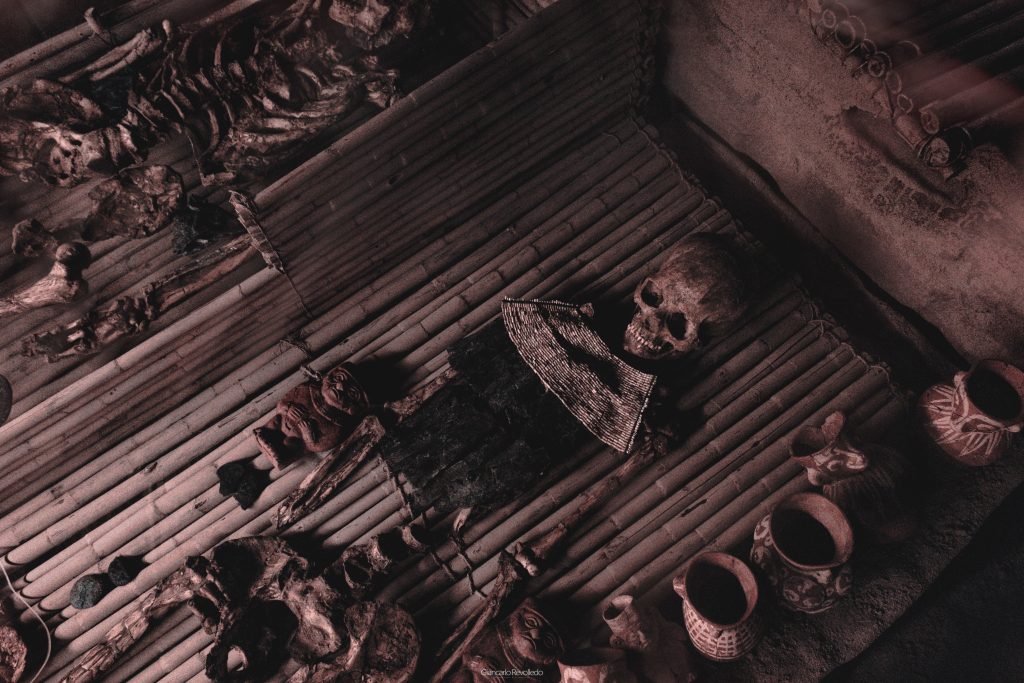
Photo by Giancarlo Revolledo on Unsplash
Prize & Price
These two concepts and vital to a successful narrative. Not only are they vital they have to be in balance. If one outweighs the other it will lead to disastrous consequences to how a story is received.
Prize is exactly that. It is what the protagonist gets if they achieve their goal. The price is what they pay to achieve this. If the prize is too great and the price is too little you will finish the story thinking that the protagonist had it easy. They got what they wanted without having to struggle for it.
The opposite is also true. If the price is too high and the prize too low you will finish the story thinking that it was too hard for the protagonist. They had to work so hard to achieve very little.
The Matrix – The prize is become The One. The price is the death of Neo’s other life as Mr. Anderson as well as the deaths of his allies – Apoch, Switch, Mouse and Dozer.
Why should we care?
This is about whether we can relate to the protagonist and the story. The story can fulfil all of the other parts of the big five really well, but if your audience doesn’t care about your story, it’s for nothing. They need to care about the struggle that the protagonist is going through.
Good ways to achieve this is by having the central question tie to a universal concept. That is things that we can all relate to. This is one of the big reasons that Shakespeare is touted as being one of the best writers ever. Examples are: forbidden love; power corrupts; a hero with a noble goal against terrible odds – an underdog story.
The Matrix – Neo is a true underdog. He is literally fighting against reality for the sake of the entire human race.
The Unity of Opposites
There should be two equal and opposite forces in a story. Neither can achieve victory without destroying the other. These are represented by the protagonist and the antagonist.
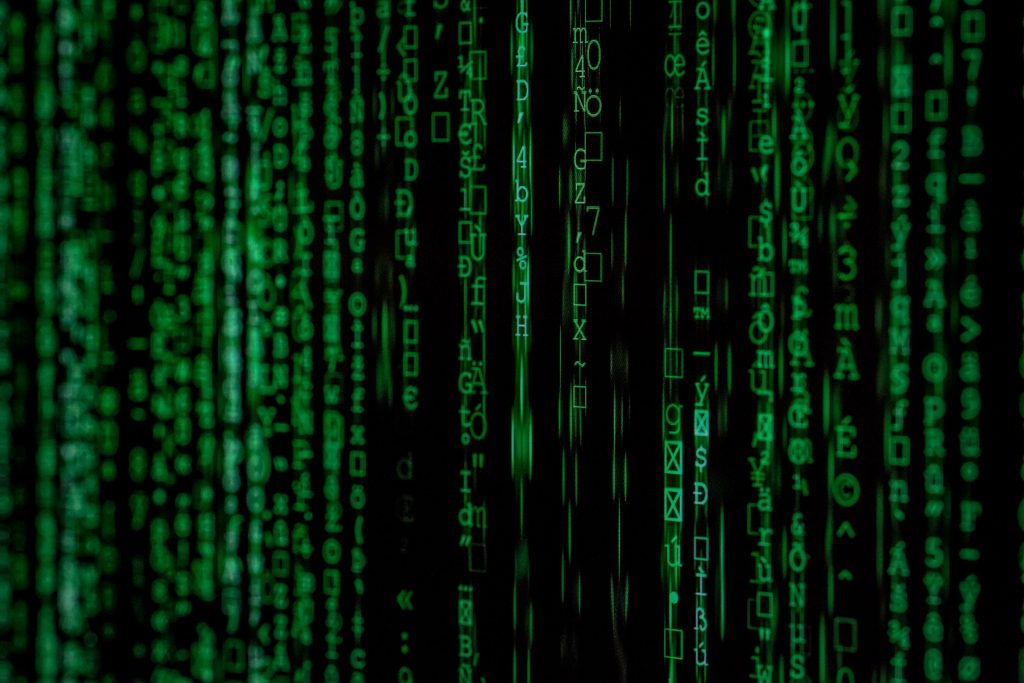
Photo by Markus Spiske temporausch.com from Pexels
It is important to note the word destruction, not death, destruction. Destruction is important because the force can be destroyed and the character representing it can survive – although they will be forever changed.
It is important to note the word destruction, not death, destruction. Destruction is important because the force can be destroyed and the character representing it can survive – although they will be forever changed.
It is also important to realise that the protagonist and antagonist only represent the forces. In some cases they may actually be the force but most of the time they are simply the forces’ proxy. Put another, way they are the personification of the forces.
Every Story has a Beginning a Middle and an End
It is important to note that we are still in the bare bones of the story development at this stage. Even though we are going to talk about beginning middle and end. This is so that when we are looking at a story we can see that it has all these important beats and is moving in the right direction.
Catalyst – This is the inciting moment where the central question is raised. The protagonist begins on their journey from which there can be no return, without succeeding or failing in their quest. Up until this point the hero may have known about the quest but they could still back out. Now they can’t. This has to happen early on in the story otherwise the story is really about something else.
Crisis – This is the part of the story where the protagonist is furthest from reaching their goal. You should either be able to answer the central question in the negative or close to it. All hope is lost. While this is the ‘middle’ it generally happens about two thirds through the running time of a film.
Climax – This is the final showdown between the two forces. The central question is answered – almost always in the positive.
So the hero goes on a quest, almost loses but then they win, boring huh? Then stop going to the movies because this sums up 95% of movies that you have ever seen.
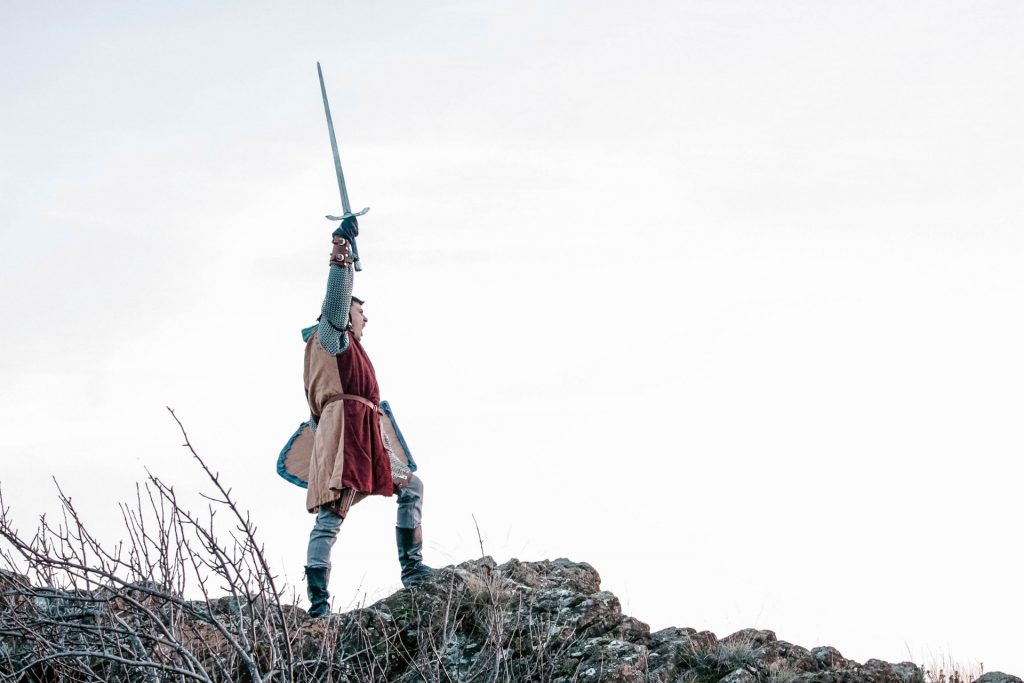
Photo by Maria Jose Bueso from Pexels
The Matrix – Catalyst – Neo takes the red pill. There is no coming back to his previous world after that. The story truly begins. The central question that has been floating around is now raised ‘Will Neo become The One?’
The Matrix – Crisis – Morpheus is taken by the machines. Neo decides because of the prophecy that he isn’t the one and has to make the choice to sacrifice himself to save Morpheus. This will be the death of Neo – everyone agrees on this, even Neo. He couldn’t be further from becoming The One than when he is dead.
The Matrix – Climax – Neo becomes The One after his death at the hands of Agent Smith. Through this rebirth he becomes something else, something more.
Why isn't it Boring to see the Same Story a Thousand Times?
Let me answer that with a story. Think about the last time a friend was describing a story to you. Then you see the movie or read the book. Now compare the movie to the story your friend told. Which was better? If you said your friend you’re lying or you saw something truly awful.
The reason for this is because of the way the story is told. We are essentially having the same story told to us a thousand times. Because the story is told by different storytellers (directors, authors, screenwriters) and different characters (actors) it seems like a new story. But once you scrape all the meat away the bones are the same.
Let's Put Some Flesh on Those Bones
The next step is to go through the twelve stages of the heroes journey.
One - The Ordinary World
We meet the major characters and perhaps the antagonist. What is important here is to understand the ‘world’ the protagonist exists in. This should be a world of stable disharmony. That is, the world would continue as it is right now if the protagonist didn’t go on their quest. However, there is something wrong with the world.
The Matrix – Neo trying to find out what the matrix is – his first encounters with Trinity and the Agents as well as well as the surreal. We also meet the super-powerful Agents in the first scene and their adversary Trinity.
Two - Call To Adventure
The central question is raised. The quest is presented to the protagonist.
The Matrix – This is literally a call. Morpheus calls Neo explaining he can trust him or leave in the custody of the agents.

Photo by Xan Griffin on Unsplash
Three - Refusal of the Call
The hero refuses to begin the quest. It’s too hard or the protagonist won’t/can’t go on the journey.
The Matrix – Neo drops the phone while scaling the building to reach the scaffolding. He decides he will take his chances with the agents.
Four - Meeting the Mentor
The protagonist’s major ally or guiding force is introduced. Generally they are on the side of the protagonist but sometimes they are neutral. What is important is that they provide guidance to the protagonist throughout the journey. They often provide the hero with a gift.
The Matrix – This is split in two parts. First is the call from Morpheus the more important ‘Meeting the Mentor’ scene is when Neo arrives at the apartment and Morpheus gives him the pills. Morpheus is the mentor.
Five - Crossing the First Threshold - CATALST
The central question is raised again. This time the protagonist makes the decision to go on the journey. They cannot now return to the ordinary world in step one. They have to complete the quest or fail trying.
The Matrix – Taking the red pill as discussed in the Big 5.
Six - Tests/Allies/Enemies
This step takes up the majority of the story and most certainly is the main part of the second act.
Tests – these are exactly what it sounds like. Obstacles are placed in the hero’s path for the hero to overcome. They will generally gain a reward of some kind by overcoming these obstacles. The obstacles can be placed in the hero’s path by the antagonist or the opposing force but they do not have to be. A prime example of this is the changeling. This is an ally that starts as a test. After the hero overcomes the test, the test becomes an ally.
Enemies – Minor enemies or minor encounters with the major enemy. Testing of the hero’s strength allows us to see how they are growing throughout the journey.
The Matrix – Tests – Combat with Morpheus; the jump; the Oracle. Allies – Trinity; the rest of the crew of the Nebuchadnezzar. Enemies – Cypher; the agents.
Seven - Approach to the Inmost Cave
The protagonist arrives at the start of the journey towards the crisis. This looks like it is the beginning of the end. All could be lost.
The Matrix – Return from the Oracle. The team arrive at the house and the machines have locked down the building and they are all trapped. Morpheus is taken.
Eight - Trial on the Inmost Cave - CRISIS
The protagonist faces a great ordeal and is found wanting. This is the end. All is lost. The central question is answered in the negative.
The Matrix – The attack on the military HQ where they are holding Morpheus. This is doomed to fail. Everything leading up to this point has told us that Neo must fail. They are taking on Agents. Neo believes he is choosing death after what the Oracle told him.
Nine - Rebirth - Seizing the Sword
The protagonist has succeeded against all odds. They take control of a vital thing that they need to achieve their final goal – this is called the sword.
The Matrix – Neo begins to believe that he may be The One. He hasn’t died as he thought he was going to. This culminates when he turns to fight Agent Smith in the subway rather than running. Morpheus actually says “he is beginning to believe.”
Ten - The Road Back
The enemy is not fully defeated and the protagonist needs to race back and prepare for the final battle. They may need to fight to keep the sword and come to grips with its full power.
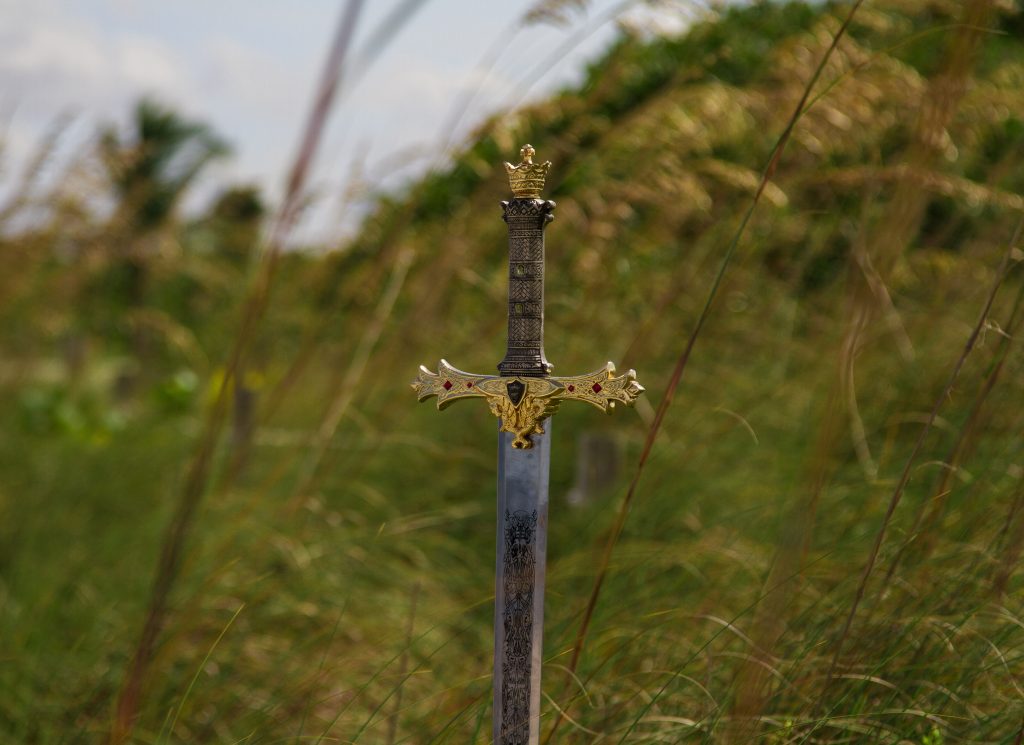
Photo by Ricardo Cruz on Unsplash
The Matrix – Neo manages to defeat Agent Smith but when the Agent reappears after stopping the train Neo realises that he has to get out of the Matrix. He needs to come to grips with his new power.
Eleven - The Final Test - CLIMAX
The protagonist and the antagonist meet for the final battle. The protagonist uses the sword. The central question is answered – generally in the positive.
The Matrix – Neo dies. Then he comes back to life as The One. He defeats Agent smith.
Twelve - Balance is Restored
The quest is finished and the world is returned to balance. The world is generally altered because of the quest and the hero brings with them some of their power due to completing the quest.
The Matrix – Everything is as it was. There is no conflict anymore. Neo is now The One. It is now up to the machines to make a move but as The One he can now remake the matrix as he sees fit. Given this he is now a god inside the matrix but outside he is still a man. The status quo is much as it was before the start of the story.
Does the Order Matter?
Not really. The major beats, that is, the catalyst, crisis and climax generally have to happen in that order but bits and pieces of the rest of the stages can happen in a different order. If they are too far out of order they lose their power.
For example, if the protagonist doesn’t meet their mentor until after the crisis the question arises as to whether they need the mentor at all. Another great film, Pulp Fiction, ticks all the boxes of the hero’s journey but it does them completely out of order. It’s still great though.
Bringing it all Together
So that’s it. We now have all the building blocks for a great story. What I generally do after watching a movie is to think about the big five and see how the story goes there. It has to fulfil here for it to score well in my book. If any of these things are missing the movie cannot score above five out of ten for me.
I then look at the twelve steps and see what decisions they made here. What they chose not to include, why they chose to do things out of order, and most importantly, was the film better or worse because of it. If everything is good here a movie can score seven out of ten for me.
Finally I look at subjective things. These can be anything and it depends on you. I really like great dialogue and the use of intertext, where appropriate. I hate inconsistencies – things that don’t make sense in the world of the story. These are the final three points for me taking a movie up to a possible ten out of ten.



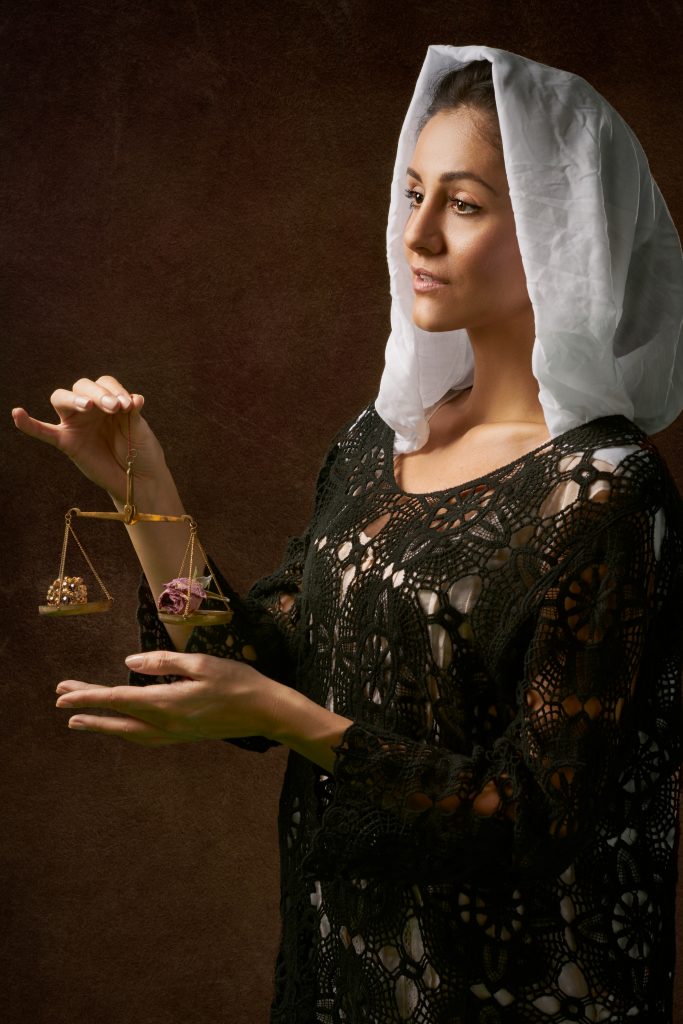

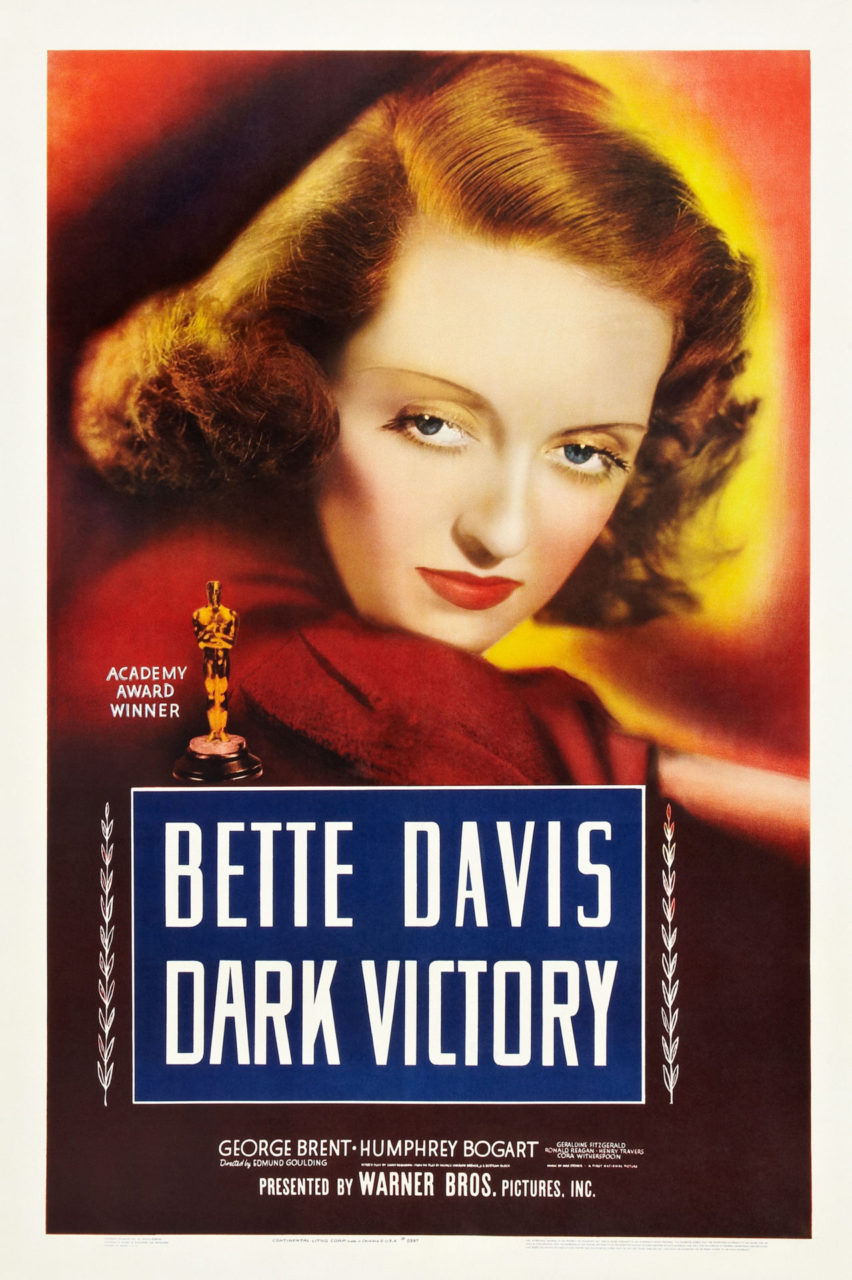



Pingback: Multi-Story Film Failure – The Writer Muses Film & TV
Pingback: Three Stories. One Movie. – The Writer Muses Film & TV
Pingback: Three Stories. One Movie. – The Writer Muses Uncategorized
Pingback: Is That Air You're Breathing Now? – The Writer Muses
Pingback: Would You Have The Strength To Fight Tyranny? – The Writer Muses Uncategorized
Pingback: Finally, A Romance That Isn't Painful To Watch – The Writer Muses Uncategorized
Pingback: Call of Duty - The TV Series – The Writer Muses Film & TV
Pingback: Don't Cross The Streams! – The Writer Muses Uncategorized
Pingback: Alt-Right Takes Hold Of Middle America – The Writer Muses Film & TV
Pingback: Who Kills Nice Guy Eddy? – The Writer Muses Uncategorized